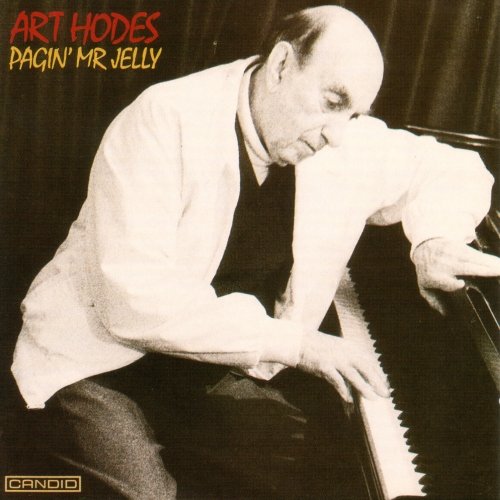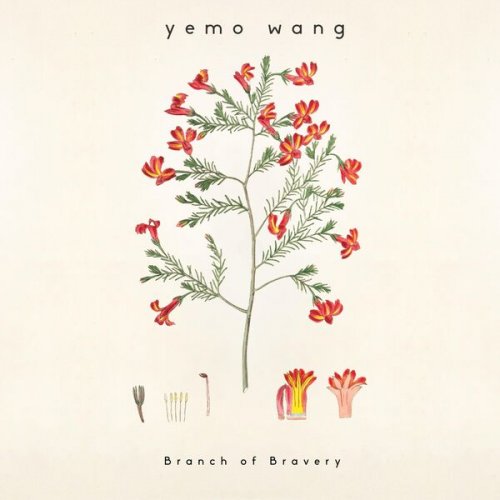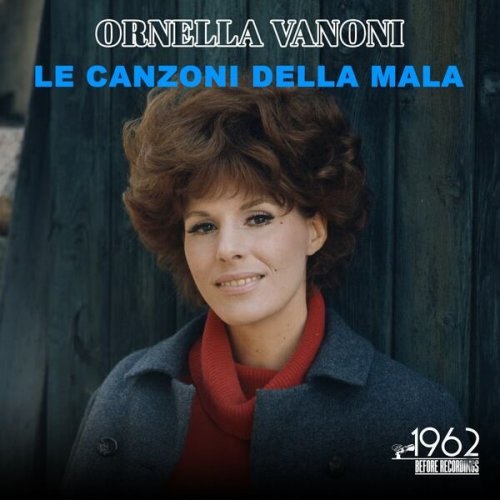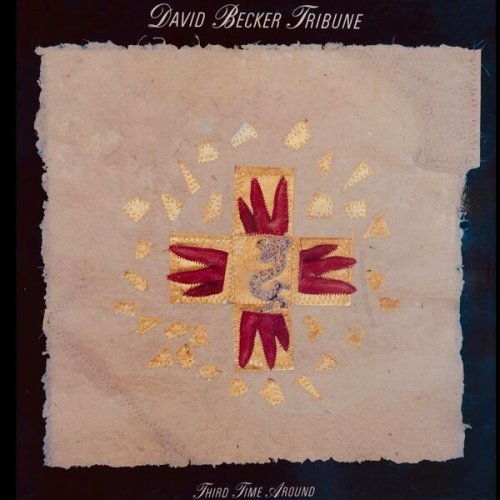Art Hodes - Pagin' Mr. Jelly (1988)

Artist: Art Hodes
Title: Pagin' Mr. Jelly
Year Of Release: 1988
Label: Candid
Genre: Jazz, Piano Blues
Quality: FLAC (tracks)
Total Time: 00:57:31
Total Size: 187 MB
WebSite: Album Preview
Tracklist:Title: Pagin' Mr. Jelly
Year Of Release: 1988
Label: Candid
Genre: Jazz, Piano Blues
Quality: FLAC (tracks)
Total Time: 00:57:31
Total Size: 187 MB
WebSite: Album Preview
01 - Grandpa's Spells 02:34
02 - Mamie's Blues 05:06
03 - High Society 03:09
04 - Mr. Jelly Lord 04:23
05 - Buddy Bolden's Blues 05:23
06 - Pagin' Mr. Jelly 02:52
07 - Original Jelly Roll Blues 03:54
08 - Winin' Boy Blues 06:11
09 - Beale Street Blues 02:34
10 - Wolverine Blues 03:32
11 - Ballin' the Jack 03:11
12 - The Pearls 03:34
13 - Gone Jelly Blues 04:56
14 - Doctor Jazz 03:27
15 - Oh! Didn't He Ramble 02:45
Art Hodes was just ten days short of his 84th birthday at the time of this Candid solo piano CD. Hodes had his own style for quite a few decades by then. A masterful blues player, on the more up-tempo tunes, Art's left hand tended to state each beat in double-time, a very effective device. For this tribute to Jelly Roll Morton, Hodes performs 13 tunes recorded by Morton (eight of which Jelly Roll wrote) along with two of his own originals: a blues number and "Pagin' Mr. Jelly," which is partly based on Morton's "King Porter Stomp." The five faster performances really stomp, the three medium-tempo renditions swing, and the seven more introspective pieces are quite soulful. Recommended.
© Scott Yanow /TiVo
In the summer of 1989, one of the improvisers featured at the annual JVC Jazz Festival (formerly the Newport Jazz Festival) in New York was Art Hodes. As is usually the custom these days and nights, Art was playing solo piano deeply rooted in classic blues and in the classic works of such grandly original jazz composers as Jelly Roll Morton. Hodes has had one of the longest and most uncompromising careers in the history of the music. He plays these compositions of Jelly Roll Morton with not only abiding affection but also with precise knowledge of the intricate ways in which they work. Moreover, art understands the personality of Jelly Roll, and therefore understands that in each of these pieces, here is drama. Different kinds of drama, but always a play of emotions, memories and anticipations. These pieces are among the cornerstones of a classical jazz education. This is a set for pleasure.
© Scott Yanow /TiVo
In the summer of 1989, one of the improvisers featured at the annual JVC Jazz Festival (formerly the Newport Jazz Festival) in New York was Art Hodes. As is usually the custom these days and nights, Art was playing solo piano deeply rooted in classic blues and in the classic works of such grandly original jazz composers as Jelly Roll Morton. Hodes has had one of the longest and most uncompromising careers in the history of the music. He plays these compositions of Jelly Roll Morton with not only abiding affection but also with precise knowledge of the intricate ways in which they work. Moreover, art understands the personality of Jelly Roll, and therefore understands that in each of these pieces, here is drama. Different kinds of drama, but always a play of emotions, memories and anticipations. These pieces are among the cornerstones of a classical jazz education. This is a set for pleasure.





![Amira Kheir - Black Diamonds (2025) [Hi-Res] Amira Kheir - Black Diamonds (2025) [Hi-Res]](https://www.dibpic.com/uploads/posts/2025-12/1765640459_tf7wrmc9lqmqc_600.jpg)

![Kenny Wheeler, Keith Jarrett, Dave Holland & Jack DeJohnette - Gnu High (1976/2025) [Hi-Res] Kenny Wheeler, Keith Jarrett, Dave Holland & Jack DeJohnette - Gnu High (1976/2025) [Hi-Res]](https://www.dibpic.com/uploads/posts/2025-12/1765627312_cover.jpg)
![Stephen McCraven - Wooley the Newt (2025) [Hi-Res] Stephen McCraven - Wooley the Newt (2025) [Hi-Res]](https://www.dibpic.com/uploads/posts/2025-12/1765906334_cover.jpg)